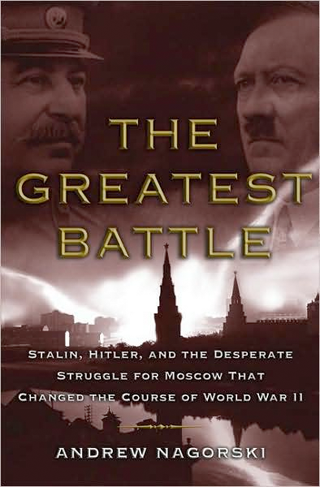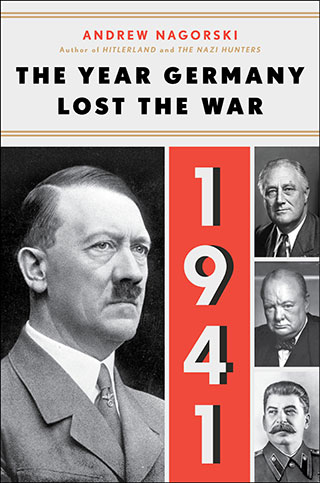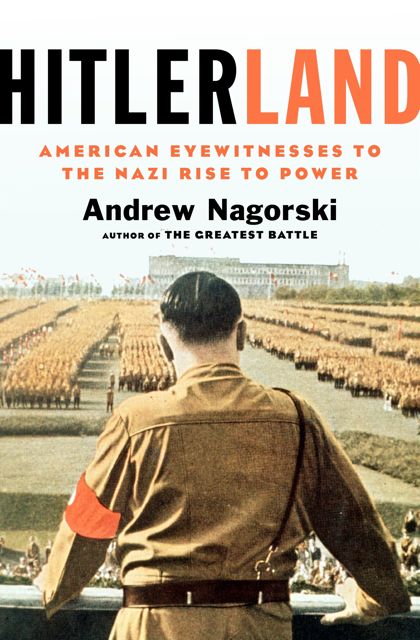There is nothing banal about the evil that these old men did. Without them, the Nazi extermination machine would not have functioned.
Imagine for a moment that, when you were a child, all the members of your family were herded into a concentration camp and then gassed. Their “crime”: belonging to the wrong race or religion. Imagine further that you grew up knowing that most of the people who guarded the camp—who kept the death machinery operating smoothly—had gone on to lead normal lives, never facing judgment for what they did. Finally, imagine that one of those guards, now elderly and frail, has been dragged from his anonymous postwar existence to stand trial.
What would you feel—and what would you want to happen? Should this old man now pay for his crimes as a young man? Or should he be left alone?
In a courtroom in Detmold, Germany, that is the crux of the debate about Reinhold Hanning, a 94-year-old former Auschwitz guard who is charged as an accessory to the murder of at least 117,000 people. Given the passage of time, this will be one of the last such cases. The reality is that soon there will be no more perpetrators of the Holocaust left.
Which is all the more reason why it is far from heartless to conclude that Hanning should be found guilty, even at this late date. Anything less would signal that living to an old age provides automatic absolution for all crimes, no matter how horrific. The child who lost his family would understand this immediately, but others whose families were not among the victims should also have no problem grasping what is at stake here.
The fact that Hanning is on trial at all—and that a court in Lüneberg found Oskar Gröning, the 93-year-old “bookkeeper of Auschwitz,” guilty last year on similar charges of complicity in the deaths of at least 300,000 prisoners—is the result of a recent dramatic change in how Germany handles such cases.
Its courts no longer require, as they did for most of the postwar era, proof that alleged Nazi criminals were guilty of specific acts of murder and other crimes. It is enough to establish that they willingly served as part of the killing apparatus.
The specific case that established that new precedent was the conviction of retired Cleveland autoworker John Demjanuk in 2011. He was found guilty of serving as a guard in Sobibor, a camp whose only function was the mass killing of Jews. By the new standards, he had no credible defense once that fact was proven.
The debate over what constitutes adequate evidence of guilt dates back to the immediate aftermath of World War II. William Denson, the U.S. Army chief prosecutor at the Dachau trials of the personnel who ran several concentration camps, argued that it was enough to prove that the defendants were part of the “common design”—or “community of intention”—to commit these criminal acts. But a short distance away at the Nuremberg trials, the prosecutors presented evidence of specific crimes against each defendant.
Today, even among the people known loosely as Nazi hunters, both those operating on behalf of governments and those who have worked independently, there are splits on this issue.
Serge and Beate Klarsfeld, the French-German couple who employed confrontational tactics to force the trials of Klaus Barbie and other Nazis responsible for the deportation and murder of French Jews during the war, disapprove of the post-Demjanuk rules. The notion that someone can be found guilty simply by virtue of his or her position is “quite Soviet,” Serge argues, despite the fact that his father died in Auschwitz.
But the German ruling has won praise from people like Efraim Zuroff, the director of the Simon Wiesenthal Center in Jerusalem, who has launched high-profile campaigns to identify other Nazi war criminals who may still be alive. Each successive trial, he and others argue, offers a valuable lesson for the new generation about the monstrosity of those crimes and the importance of individual accountability—and nothing less is owed to the victims.
It also reinforces the point that the “cog in the machine” defense, the argument that a defendant cannot be held responsible for simply doing his job, no matter how deadly, has been permanently discredited—and, in fact, is backfiring.
The irony is that if German courts had come to this conclusion about what constitutes adequate evidence of guilt in the 1950s or 1960s, there would have been a huge surge in trials and convictions. But under the old rules it was notoriously difficult to establish guilt in cases where most of the potential witnesses were already dead, and the survivors often knew very little about the identities of their tormenters. As prisoners, they had instinctively tried to avoid eye contact with those who could end their lives in an instant.
In the Hanning trial and the trickle of remaining cases, punishment is not the key goal. Some of these late convictions, such as that of former SS Captain Erich Priebke, who organized the execution of 335 men and boys, including 75 Jews, near Rome in 1944, resulted in house arrest, since he was too ill to serve his life sentence in prison.
The real goal is to uphold the principle that there is no statute of limitations on such cases. As Piotr Cywinski, the director of the Auschwitz-Birkenau State Museum, points out, the biggest moral failure “would be to avoid passing judgment.”
In the past, there were far too many such failures. It is encouraging that, however late and however old the defendants, there are still efforts to make up for those failures now.









